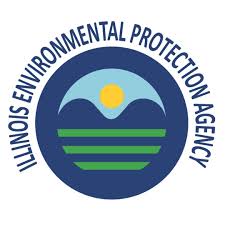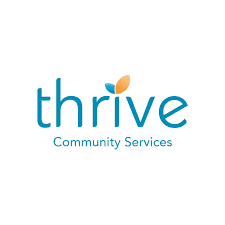Your own decisions and actions typically determine your financial strategies. But outside events can affect your choices, too. And that may be the case with the recent passage of the SECURE 2.0 Act.
This piece of legislation covers many areas. But here are some changes that may be of interest to you, depending on your situation:
If you’re a retiree …
• Higher age for RMDs – The age at which you must take withdrawals — known as required minimum distributions, or RMDs — from your traditional IRA and 401(k) has increased from 72 to 73, effective this year. (If you turned 72 in 2022, but still haven’t taken your first RMD, you will need to do so this year.) And in 2033, the RMD age will increase again, to 75. You don’t have to wait until these ages before taking withdrawals, but the new age limits may affect your withdrawal decisions.
• Lower penalties for missed RMDs – If you don’t take at least the RMD for a given year, you could face tax penalties. Previously, this penalty was 50% of the amount you were supposed to have taken but now it’s reduced to 25%.
• New options for qualified charitable distributions – If you’re 70½ or older, you can make a one-time qualified charitable distribution (QCD) of up to $50,000 to entities that previously couldn’t receive these QCDs, including charitable remainder annuity trusts, charitable remainder unitrusts and charitable gift annuities that meet certain criteria. Because QCDs are typically excluded from your taxable income and could satisfy some or all of your required RMDs, which are otherwise taxable, these expanded opportunities may prove beneficial from a tax standpoint. Consult with your tax advisor to determine if and how QCDs make sense for your situation.
If you’re still working …
• Roth contributions to retirement plans – Starting this year, if you participate in a 401(k) or similar plan, you can take your employer’s matching and other contributions on a Roth basis. While these contributions will count as taxable income, they can ultimately be withdrawn, along with any earnings they generate, tax free, provided you meet certain conditions.
If you’re a business owner …
• Increased tax credit for starting a retirement plan – If you have 50 or fewer employees, you can now claim a startup credit covering 100% — up from 50% — of the administrative costs of opening a 401(k) plan, up to $5,000 for each of the first three years of the plan.
• Employer contribution credit – You may now be able to get a tax credit based on employee matching or profit-sharing contributions. This credit is capped at $1,000 per employee and phases out gradually over five years.
• Military spouse tax incentive – If you have 100 or fewer employees who earn at least $5,000 annually, you can earn a tax credit of up to $500 for three years if you make military spouses eligible for a retirement plan, such as a 401(k) or SEP IRA. You can receive the credit for the year in which the military spouse is hired, plus the next two taxable years.
These aren’t the only provisions in the SECURE 2.0 Act that may be relevant to you, and some parts of the new law go into effect in the future. You may want to contact your financial and tax advisors to see just how you might ultimately be affected by this legislation, and how you could take advantage of it.
Edward Jones, its employees and financial advisors cannot provide tax or legal advice. You should consult your attorney or qualified tax advisor regarding your situation.
***This article was written by Edward Jones for use by your local Edward Jones Financial Advisor. Edward Jones, Member SIPC***















